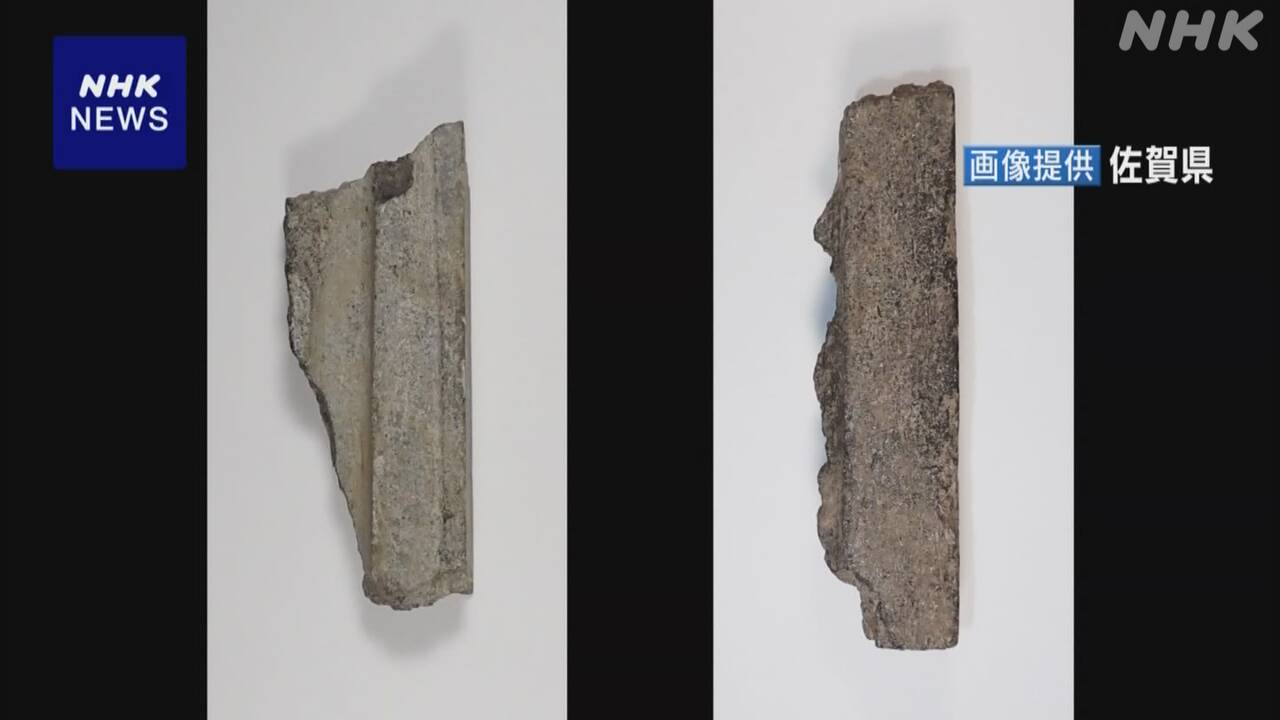Two molds, believed to be the oldest in Japan, used to manufacture bronze tools from the middle of the Yayoi period have been found at the Yoshinogari ruins in Saga Prefecture. Molds and other molds have previously been found at the Yoshinogari ruins, and Saga Prefecture, which is conducting the research, says, ``This is an extremely important discovery when considering the aspects of early bronzeware production.''
At the Yoshinogari ruins, excavations have been conducted since October in the so-called ``mysterious area'' that had been untouched, and last year, a ``sarcophagus grave'' made of stone dating from the late Yayoi period was discovered, attracting national attention. I did.
According to Saga Prefecture, in December last year, two new stone molds used for casting bronze swords and spears were discovered during an investigation.
All of the molds date from the mid-Yayoi period and are believed to be among the oldest in Japan, and one of them is made of amphibole rock, making this the first time a mold made of this stone has been excavated at the Yoshinogari ruins.
In addition, the texture is similar to that of the stone of the Korean Peninsula, which was an advanced area in the casting of bronze tools.
In September of last year, a mold made of serpentine was found at the Yoshinogari ruins, believed to be one of the oldest in Japan.
The Prefectural Cultural Properties Protection and Utilization Office says, ``This is an extremely important discovery when considering the aspects of early bronzeware production.''
The excavation will continue until early next month.

